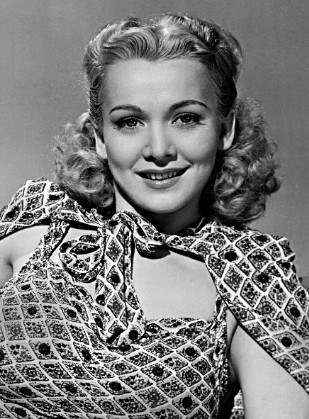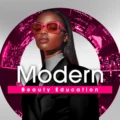Many of us take the existence of the hair salon for granted. However, this relatively recent development transformed the workplace for American women.
Prior to the 20th century, beauty was something that most women took care of on their own. Wealthy women had servants to take care of their hair, but the majority of women tended to their own hair. In the late 1800s, women began to enter the workforce in record numbers, largely because of the Industrial Revolution. Many women worked in factories alongside their male counterparts but were paid significantly less than men — there were no laws that dictated equal pay at that time.
Toward the end of the 19th century, beauty emerged as one of the few skilled occupations that provided women with the opportunity to become entrepreneurs. Martha Matilda Harper was a prominent early example of the entrepreneurial female beautician. Harper came from humble beginnings, working as a servant from the age of 7. One of her employers, a physician, taught her about hair health. His teachings made Harper suspicious of the chemicals used in commercial shampoo and hair products, and it led her to develop her own hair tonic. She eventually saved enough of her earnings as a servant to open a salon, the Harper Method Shop, in 1888. She invented the first reclining shampoo chair and was the first to develop the idea of clients visiting a hair salon. Prior to the Harper Method Shop, beauticians made house calls.
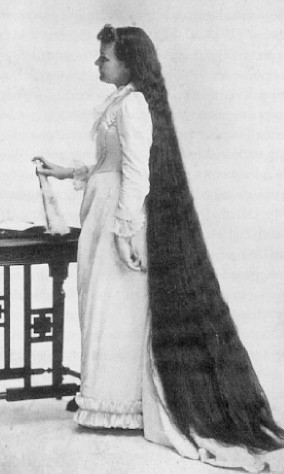
Harper, who used photos of her own floor-length hair as her primary advertising method, was one of the forerunners of the modern franchise system. She opened a network of hair salons, each of which was owned and operated by a franchisee who was trained in the Harper Method. In their heyday, there were more than 500 Harper salons in operation, in addition to multiple Harper Method training schools. Harper pioneered the concept of the salon as we know it now.
Sarah Breedlove Walker was another impressive example of a successful self-made beautician. Born in 1867 to recently freed slaves, Walker worked for years as a washerwoman in St. Louis. At the 1904 World’s Fair, Walker met Annie Turnbo Malone, a black woman who sold her own shampoos and hair irons. Malone took Walker under her wing, hiring her as a commission agent. After gaining experience under Malone, Walker split off and began selling her own hair products. Walker adopted the brand name Mme. C. J. Walker and soon became one of the largest employers of black women in the United States. Walker and her sales agents sold her products door-to-door as well as via mail order. In the early 1910s, Walker’s sales reached $250,000 — the equivalent of more than $6 million by today’s standards.
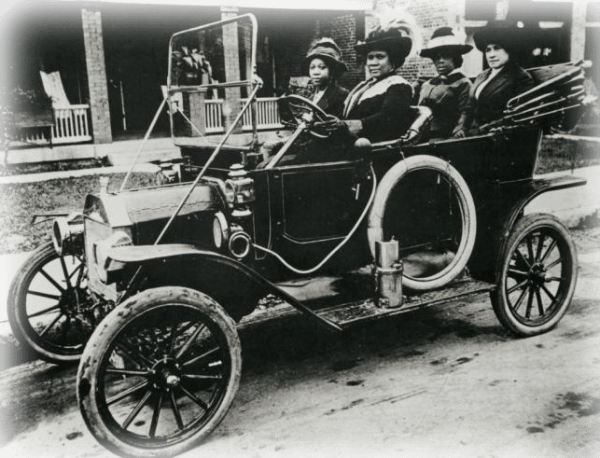
At that time, most professional hairstylists were black women who served wealthy white clients. Marjorie Joyner, a prominent Chicago-based beautician of the 1900s, was one of very few black women who attended a white beauty school and went on to serve both black and white clients. Around the beginning of World War I, bobbed hair became very fashionable and white women began to patronize salons in unprecedented numbers.
World War II saw more women enter the workforce than ever before. In addition, hairstyles were changing and requiring more and more upkeep. Beauticians were often the only people who had access to specialized hair products, so women flocked to them. In the 1950s and ‘60s, beauticians, with their ability to color hair, became especially in demand.
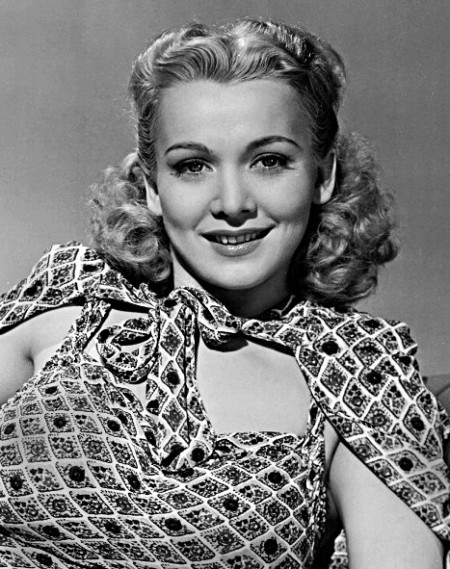
The 1970s saw a rise in male salon clientele, as longer hair became more in style. In the 1980s and ‘90s, demand for salon services surged as the perm, impossible without the help of a stylist, became all the rage.
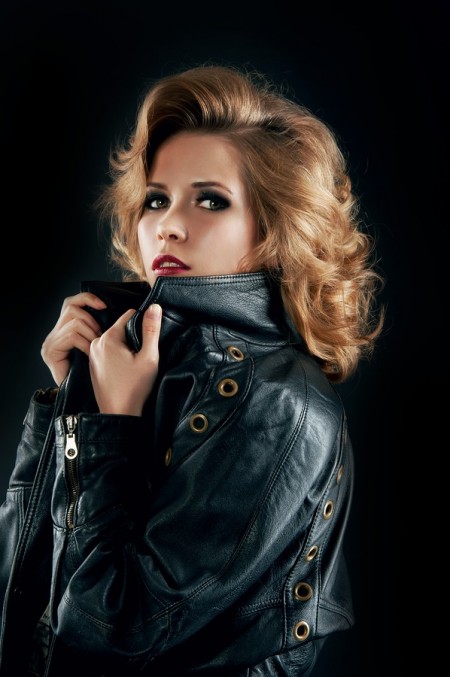
Today, hair salons are ubiquitous, and many of us rely on them as a crucial part of our beauty routines. Cosmetology continues to be an attractive career because of its lucrativeness, flexibility and independence. Next time you visit your beautician, give her props for her entrepreneurial spirit!



